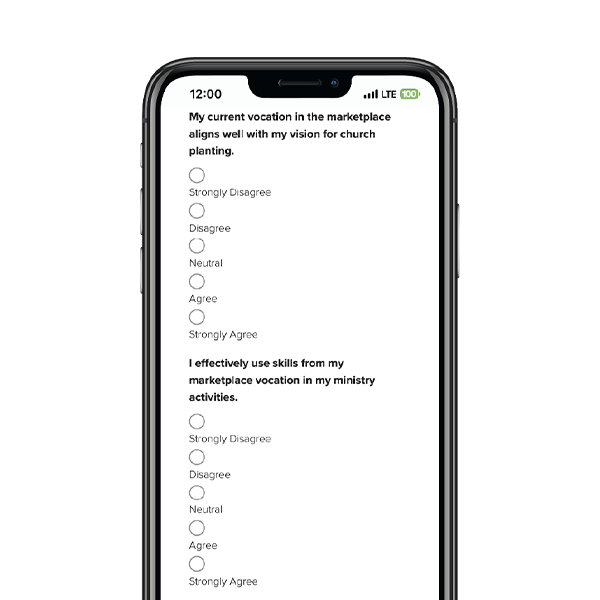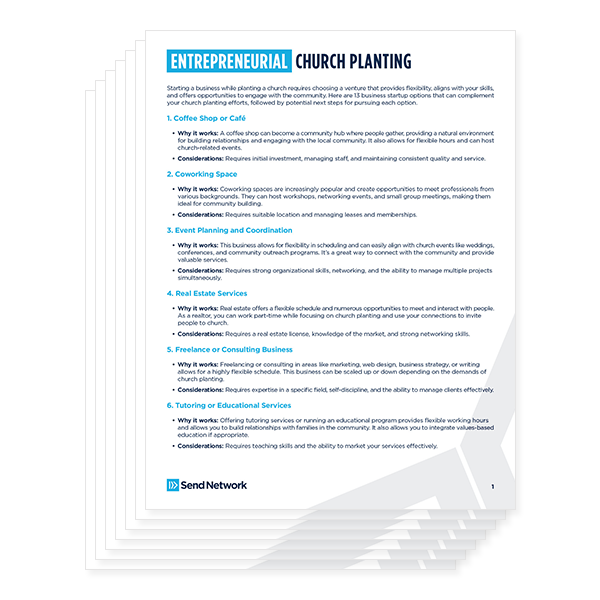Do you want to reach North America and the nations with the gospel? Make disciples on the college campus.
A student’s time at university is one of the few times they’ll live, work and play with their closest friends. Students are teachable, available and energetic. Certain life demands are not pressing down on them quite like they will be when they leave the haven of university. Furthermore, there’s something rare and raw about the intimate relationships formed among college Christians and the training that takes place here.
They come into college eager to learn, and they leave to make an impact in the world. As our future parents, doctors, artists, teachers, etc., we pray their impact will be made in the name of Christ and not for their own glory.
So, how do we reach college students and in turn reach North America?
1. Attractional events
Crowds draw people in. If you see a group of people congregated in one area, you can’t help but wonder what’s going on that’s capturing everyone’s attention.
At the beginning of every semester—especially the fall semester—plan an attractional, catalytic event that will gather a lot of students. In this case, the bigger the better. For example, plan a raffle—provide free food, music, etc.— giving away big-ticket items college students would be eager to win. Or set up a giant Slip ‘N Slide in the center of campus (you’ll likely need to get approval from universities to do this). The goal of this time is to meet as many students as possible and engage.
This attractional event will likely cost money, but it is worth the investment—especially to meet freshman. They enter college their first semester desperate to make friends and find a place to belong. It’s a strategic time to introduce them to Christian community and what the family of God is like, and it’s a critical time for them to be won to Christ.
2. Relational evangelism, together
Evangelism is hard. Even for campus ministry workers and pastors, it can be anxiety-inducing when the Lord provides a clear opportunity to share the gospel with someone. In the back of our minds there’s a fear about not knowing the right answers, saying the wrong thing or not being liked by our hearers. We tend to view evangelism as us—the Christian—sharing with them—the non-Christian. And in many ways, this is true.
But the New Testament example of evangelism is not merely one individual sharing the gospel with another individual. The model of evangelism displayed in Acts 2 is one of communal sharing. Like most things in life, “two are better than one” (Ecclesiastes 4:9-12), because you have someone there to help you, and the same is true of evangelism.
At university, evangelism happens in the context of discipleship when a younger Christian is doing life with an older Christian and witnesses what it looks like to share their faith in a relationship. Some of the anxiety of evangelism dissipates simply by being with someone else. When one person does not know the answer, the other is there to help. When one person runs out of engaging questions to ask, the other steps in.
Sharing the gospel with another person also gives us a bit more credibility. It’s a small, but tangible, witness to the fact that one person is not believing the claims of Christ in isolation. There’s a whole community of Christ-followers, on campus and beyond, proclaiming the same truths.
3. Life-on-life discipleship
College is a great time for consistent, relational discipleship. Nothing can replace quantity and quality of time spent with a person, and in this season of life, students are more available (arguably more than they’ll ever be again in their life) to be around your life and family.
Life-on-life discipleship can happen formally through studying God’s Word or reading and discussing a book together, or informally, like going to the grocery store with a student, having students over for dinner or sharing your faith on campus. Nothing can replace investing quantity and quality of time with students where you’re able to teach and train as you go.
The example of Christ and the early church was one of togetherness. They were together in everyday life and ministry—praying, fellowshipping and learning as they went—and the watching world saw a peculiar but attractive people who were different than the culture around them.
What would happen if there was a community that looked like this in every college town in North America
Learn more about church planting, evangelism and leadership development at university on this episode of We are Send Network. Subscribe today!
Published February 13, 2020




